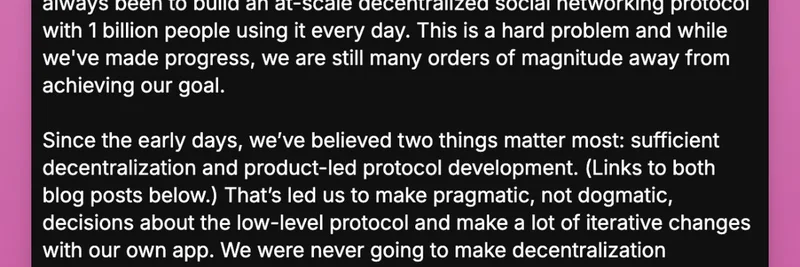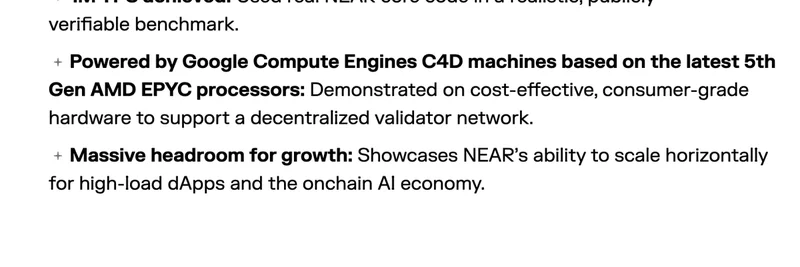In the fast-paced world of blockchain, security flaws can make or break a platform's reputation. Recently, a thought-provoking thread on X (formerly Twitter) from crypto commentator MartyParty highlighted a persistent issue in Ethereum: the reentrancy bug. This vulnerability has been behind a staggering 80% of blockchain exploits and, according to MartyParty, remains unfixed and inherently unfixable in Ethereum's design. Let's dive into what this means for meme token enthusiasts and blockchain practitioners alike, especially those eyeing secure platforms for launching or trading viral assets.
Reentrancy might sound technical, but it's essentially a loophole in how Ethereum smart contracts handle external calls. Imagine you're withdrawing money from an ATM, but before the machine updates your balance, it lets you withdraw again—and again. That's reentrancy in a nutshell. It happens when a smart contract calls another contract or sends ETH (Ethereum's native currency) to an address, and that recipient sneaks back in to call the original function before the first call finishes. This can lead to drained funds or messed-up contract states.
MartyParty breaks it down with a clear example. Consider a simple "Vulnerable" contract written in Solidity, Ethereum's programming language:
solidity
contract Vulnerable {
mapping(address => uint) public balances;
function withdraw() public {
uint amount = balances[msg.sender];
require(amount > 0);
(bool success, ) = msg.sender.call{value: amount}(""); // External call
require(success, "Transfer failed");
balances[msg.sender] = 0; // State update after call
}
}
Here, the contract checks your balance, sends the ETH, and then zeros out the balance. The problem? The send happens before the zero-out. An attacker can create a malicious contract that, upon receiving ETH, immediately calls withdraw() again via its fallback function:
solidity
contract Attacker {
Vulnerable vulnerable;
constructor(address _vulnerable) {
vulnerable = Vulnerable(_vulnerable);
}
fallback() external payable {
if (address(vulnerable).balance >= 1 ether) {
vulnerable.withdraw(); // Re-enter
}
}
function attack() external {
vulnerable.withdraw();
}
}
Boom—funds get siphoned off before the balance update. This isn't just theoretical; it's been the root cause of massive hacks, like the infamous DAO exploit in 2016 that led to Ethereum's hard fork.
Why hasn't this been fixed? MartyParty argues it's baked into Ethereum's architecture. Fixing it would require a fundamental overhaul, which isn't feasible without breaking existing contracts. Instead, developers must write "defensive code"—updating states before external calls or using locks to prevent reentry. But as MartyParty points out, when billions are at stake, relying on extra code is risky and inefficient. Replies to the thread echo this: some defend Ethereum by saying it's just bad coding, but others agree it's a core weakness, leading to hacks and pushing devs to safer chains.
This flaw positions Ethereum more as a "pseudo" store of value rather than a robust execution engine. It handles zipped Layer 2 transactions with a 7-day escrow, but for high-speed, secure apps—like those powering meme token frenzies—it's lagging. MartyParty contrasts it with Bitcoin (better pure store of value) and Solana or SUI (superior execution with modern languages, no reentrancy risks).
For meme token creators and traders, this matters big time. Many memes launch on Ethereum or its L2s, but vulnerabilities like reentrancy amplify risks in rug pulls or exploits. If you're building or investing, consider migrating to chains like Solana, where parallel processing and Rust-based smart contracts dodge these pitfalls. Tools like Solana's developer docs make it easier to get started securely.
The thread also calls out figures like Tom Lee for potentially overlooking this in their Ethereum hype. It's a reminder: always dig deeper than the headlines. In the meme world, where hype drives value, understanding tech flaws can save your portfolio from the next big exploit.
As blockchain evolves, awareness of issues like reentrancy pushes innovation. Whether you're a dev honing your skills or a trader spotting the next viral token, staying informed on these "hidden" flaws is key to thriving in crypto's wild ecosystem.


